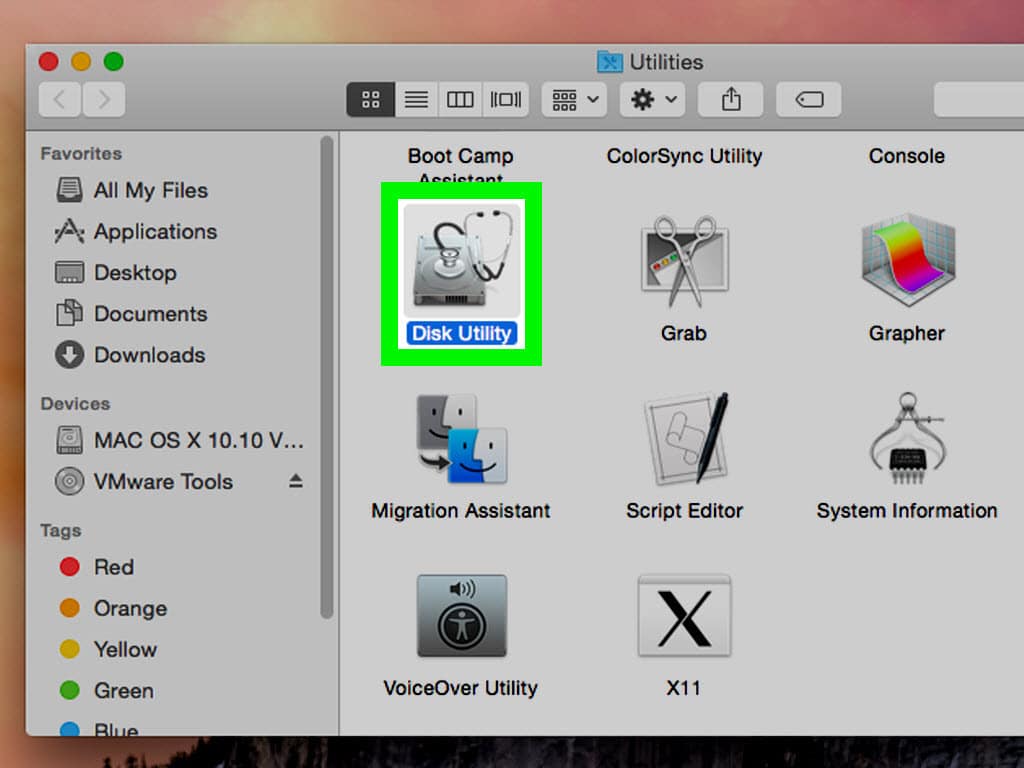Bad sector is a location on storage device, such as a hard disk, floppy disk, or CD-ROM, that cannot be used because it has been damaged. Bad sectors are usually caused by physical damage to the disk or by a read/write head crash. They can also occur due to a software or hardware fault.
A bad sector is detected by the operating system when it reads the storage device. If a sector is found to be bad, the operating system typically marks it as such and skips it when writing or reading data. The bad sector does not contain useful data, and so any data that was stored in the bad sector is lost.
Bad sectors can be repaired, depending on the cause. Physical damage to a disk may require professional repair or replacement. In some cases, software or hardware faults can be fixed with a software patch or by replacing the hardware.
In some cases, a bad sector can also be detected when a drive is scanned. This is done by a tool that reads every sector of a disk and checks for errors. If the tool finds a sector that is unreadable, it is marked as a bad sector.
Some storage devices, such as Solid State Drives (SSDs) and USB flash drives, do not have bad sectors, as they use a different technology that does not require physical sectors. However, they may still experience errors that prevent certain areas of the device from being read or written to.
Bad sectors can be prevented by regularly running disk maintenance programs, such as disk defragmenters, to reduce the chance of future damage or errors. Users are also advised to be careful when connecting and disconnecting storage devices, as this can cause physical damage to the device.






